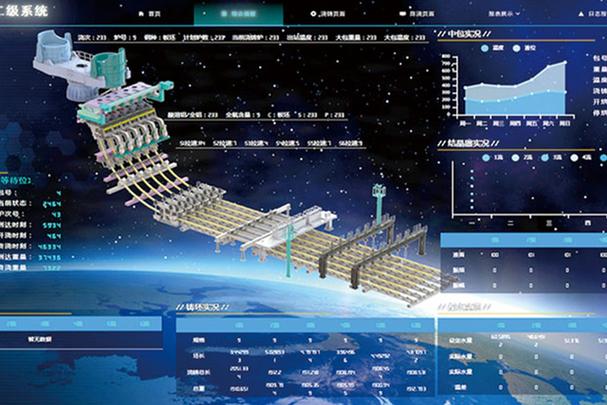In order to promote the coordinated governance of pollution reduction and carbon reduction in the steel industry, promote the construction of ecological civilization, implement the new development concept, and do a good job in carbon peak and carbon neutrality. Accelerate the energy-saving and carbon reduction transformation of the steel industry, promote the comprehensive utilization of low-grade waste heat, and promote the connection technology of molten iron from one tank to the end, hot charging and hot delivery of ingots. The specific improvement measures are as follows:

1) Technical paths and measures to reduce the temperature drop of molten iron (including standardization, refinement, and intelligence of molten iron transportation, as well as molten iron tank insulation measures, molten iron tank management and other aspects of experience);
2) Lean production of steelmaking (coarse ash recycling, low slag smelting, efficient dephosphorization and other technologies), to achieve the reduction of raw materials, alloy sources and recycling of solid waste resources;
3) Application of converter composite blowing technology (high-intensity and long-life composite blowing process, new oxygen lance nozzle and large-flow and long-life bottom blowing original design optimization application);
4) Application practice of converter bottom blowing CO2;
5) Regenerative (oxygen-enriched) baking technology for ladle and middle bag;
6 ) Energy and public auxiliary energy-saving measures (steelmaking steam balance and control, dust removal fan energy-saving control technology, converter flue gas full temperature range waste heat recovery, ultra-low emission transformation, etc.);
7) Key technologies, paths, and measures for steelmaking-continuous casting process in hot delivery direct rolling process;
8) Key technologies for steel-rolling coupling synergistic cost reduction and efficiency improvement;
9) Lean management practice of “cooling down, speeding up and catching the rhythm” in the whole process;
10) Development and application of key equipment and process technologies for continuous casting and rolling;
11) Digital planning and scheduling technology (for production, supply and marketing, to maximize the realization of extremely low inventory, maximum capacity utilization, on-time order delivery, and the ultimate efficiency of the iron-steel interface and steel-rolling interface).
